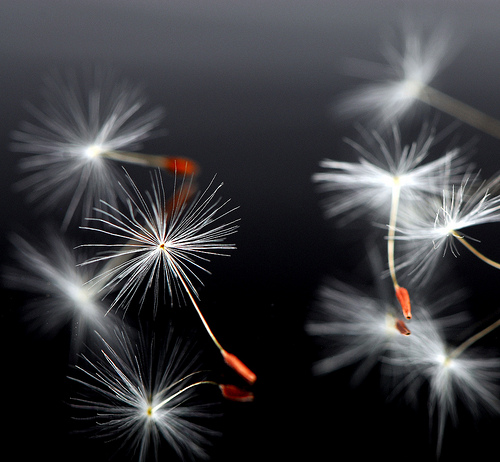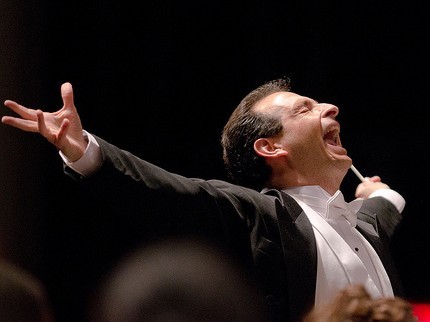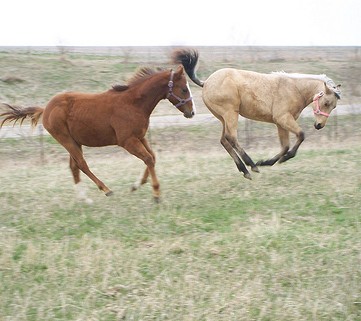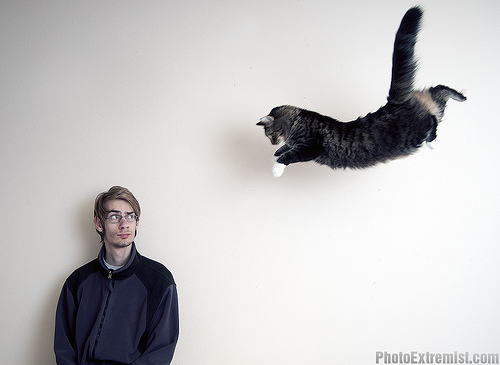Take Your Reader Where You Want Her to Go
Writing a novel is challenging. It’s tough work and tricky, and here’s one reason. With a movie or TV show, what you see is what you get. The picture is painted for you—every detail. And there is only one camera shot used at a time—unless you have some neat split-screen action happening, which is rare.
You watch as a character moves through the scene, talking or in action, and unless you are hearing a voice over (V.O.), you don’t know her thoughts or what she is noticing. With a POV camera shot, the camera will be at the level of her eyes and looking around to imitate what she might see. But you still don’t know what she is thinking or feeling while this scene is playing out.
Wait, Two Cameras at Work!
Now, think about a novel. Often writers are doing the same thing—showing the scene with the POV character talking, walking, experiencing life. From one angle or another, we “watch” her as the scene plays out. But in addition, a novel works simultaneously on a subsurface level. There’s a camera inside the character’s head at all times, and often it’s necessary or desired to reveal what that camera is aimed at.
Wait, that’s a bit confusing! It can be, and often trips inexperienced writers up. It’s a juggling act of great finesse to execute a scene in which the reader is watching the action as well as experiencing being in the character’s head. Great writers constantly toggle back and forth from deep POV observations, whether visual or abstract (emotional, conceptual thoughts), and the larger scene action as a whole.
Readers Are Used to Being Schizophrenic
Readers are used to experiencing this rather schizophrenic structure. In fact, we are so used to it that it feels natural. Our own interaction with our world is reflected in this. Think how in a matter of moments, inside our head, we jump from what we are doing right now to a memory of something that happened in the past, to thoughts about what we are going to do next year. All the while we are engaged in some activity—cooking dinner, holding a conversation with our spouse (okay, only woman can do these two things at the same time, according to my husband), or driving around lost looking for a street sign. Just how do we multitask like this? Who knows. But it is natural.
And so our scenes should imitate real life—but hopefully filtered to take out all the boring bits and chaotic nonsense. It makes me think of that scene in Being John Malkovich, in which one of the characters is briefly inside Malkovich’s mind and seeing out his eyes. It’s a mundane scene that takes place in the kitchen, with Malkovich on the phone ordering some towels from a catalog while grabbing some leftover Chinese food from the fridge.
Of course, the guy who has the few moments inside Malkovich’s head is ecstatic over the experience, but the irony and humor is in the fact that what he witnessed was about as boring and mundane as can be. Which is what a lot of our thoughts and actions are. But we don’t want those bits in our novel. We want every thought and action to be significant—not necessarily hugely important, but contributing to the overall “painting” we are creating that tells the story we mean to tell.
So keep this in mind as you take a look at novels and the camera shots they are using. Pay attention to how great writers balance the external and internal cameras to portray a “holistic” and rich scene for the reader. This is especially evident in moving shots that follow the character along.
It’s a Juggling Act
 Over the next few weeks we’ll be looking at a few moving shots: Pan, Follow, and Find. These shots are basic and simple, and most writers intuitively know how to show a character as she moves through the scene. The camera, in effect, follows her around. But as mentioned above, all the while the character is moving (and the camera moving with her, zooming in and out, panning, following), it’s also doing the same thing in the character’s head. As I said at the start of this post, novel writing is difficult. Writers have to learn the fine art of juggling the two cameras. You may not have thought about this balancing act in these terms, but as you’ll see from examples in the upcoming posts, good writers will make it look easy. But trust me—it’s a fine art. But with these camera shots in your toolbox, you can become proficient in this juggling act and by selecting just the right moving shots take the reader where you want her to go.
Over the next few weeks we’ll be looking at a few moving shots: Pan, Follow, and Find. These shots are basic and simple, and most writers intuitively know how to show a character as she moves through the scene. The camera, in effect, follows her around. But as mentioned above, all the while the character is moving (and the camera moving with her, zooming in and out, panning, following), it’s also doing the same thing in the character’s head. As I said at the start of this post, novel writing is difficult. Writers have to learn the fine art of juggling the two cameras. You may not have thought about this balancing act in these terms, but as you’ll see from examples in the upcoming posts, good writers will make it look easy. But trust me—it’s a fine art. But with these camera shots in your toolbox, you can become proficient in this juggling act and by selecting just the right moving shots take the reader where you want her to go.
This week, as you read some novels, see if you can spot scenes in which the camera is following the character around, all the while inside her head another camera is taking in the things he notices. See how the external and internal descriptions alternate and balance. Does it work? Share some thoughts in the comments.












I like this take on things! One of the great things about writing is that we can do this, we can get deep into the character’s head. My problem is that I do this too much, and it slows my pacing down.
Jessica,
Like Susanne says “It is a balancing act”. I have the opposite problem; I don’t show the environment enough and it is a very different environment than our 1st world view we have here in the U.S. and Europe.
My way of dealing with being in the character’s head is only allowing it to happen if it would naturally come up because of what is happening in the present moment, and then, don’t let it go on for too long. My story was originally written in all the character’s heads so I had to learn the hard way how to deal with that issue.